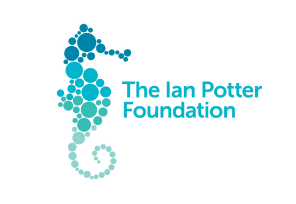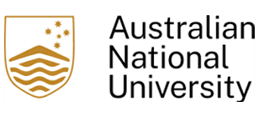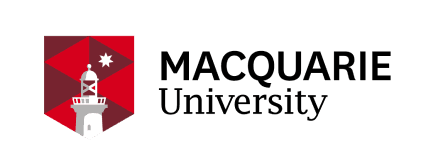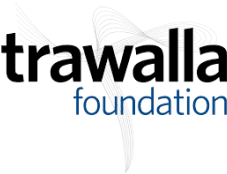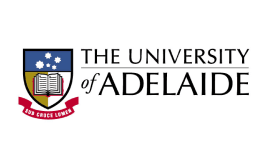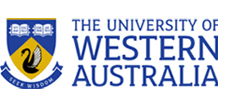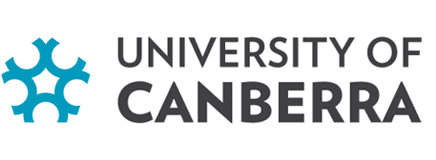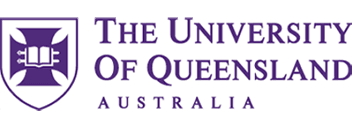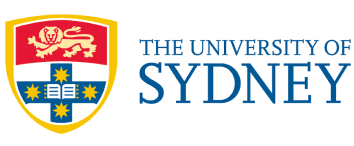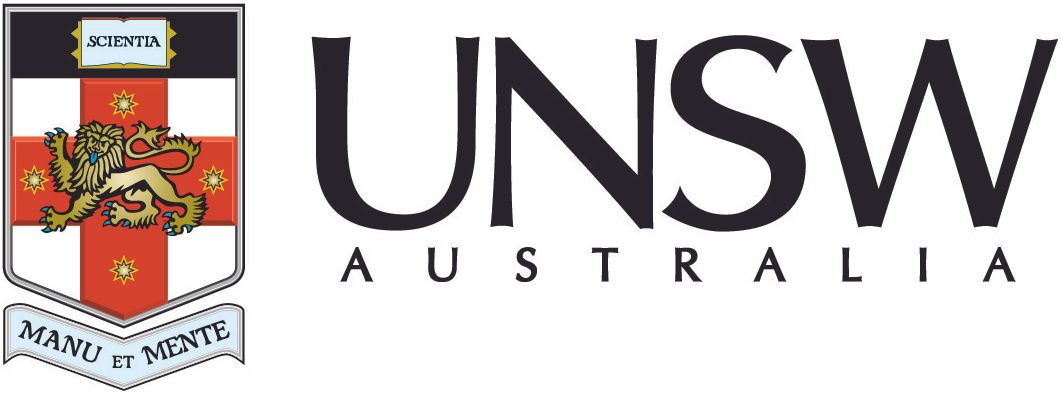Latest NSW State of the Environment report paints bleak picture, here’s what’s needed to change that.
The Three Sisters rock formation in the Blue Mountains is an important place of cultural significance to the Gundangurra, Wiradjuri, Tharawal and Darug nations. Image: Jaana Dielenberg.
News story
8 July 2025
Released every three years, the 2024 NSW State of the Environment (SOE) report has been tabled in NSW parliament.
We asked three Biodiversity Council members, who are experts from NSW universities, to comment on the report and its findings. Read on to see their detailed comments, and some of the key findings from the report.
Implications of the report
Overall, the report documents that the environment has continued to decline over the past three years. Business as usual is running down the state’s natural capital and ecosystem services are being eroded for future generations. We rely on these ecosystem services for things like clean water, air, healthy soils, pollination, carbon sequestration, moderating heat waves and flood mitigation.
To halt on-going environmental decline, NSW needs to step away from siloed decision making and move to a more integrated, whole-of-government approach. This would mean considering the environment in agriculture, energy, forestry, and planning, to ensure development needs are met without sacrificing ecosystems and biodiversity.
Given that only 10% of NSW is covered by protected conservation areas, and almost 70% is covered by farms, the state also needs a significant increase in policies and programs that encourage conservation and sustainable use of natural capital, not exploitation.
There has been an improvement in this SOE report in how Aboriginal perspectives and knowledge are recognised, but there is still a gap in Aboriginal representation in environmental decisions and resource management in the state.

70% of NSW is agricultural land, such as this grazing property near Bourke, NSW. Image: Jaana Dielenberg
Snapshot of report findings
Here are some of the report’s key findings:
- Over the past three years the condition of the environment has continued to decline in NSW.
- Native vegetation cover has further declined. The ability of remaining habitats in NSW to support native plants, animals and ecosystems has dropped to 29% of their original capacity since pre-industrialisation.
- Coastal vegetation and habitats, such as saltmarsh, mangroves and seagrass, continue to be threatened by development and climate change.
- Climate changes have occurred in the state and are predicted to worsen. This includes:
- Average temperatures across the state have risen by 1.4 °C since 1910,
- Sea levels rose 12cm between 1991 and 2021, and may rise by up to one metre by the end of the 21st century.
- Severe fire weather days and hot days (35°C or more) are projected to increase.
- Good rainfall in the past three years has helped improve water quality in some areas, but may also have been associated with significant fish kill events during that time.
- River condition remains poor or very poor for many areas of the Murray-Darling Basin.
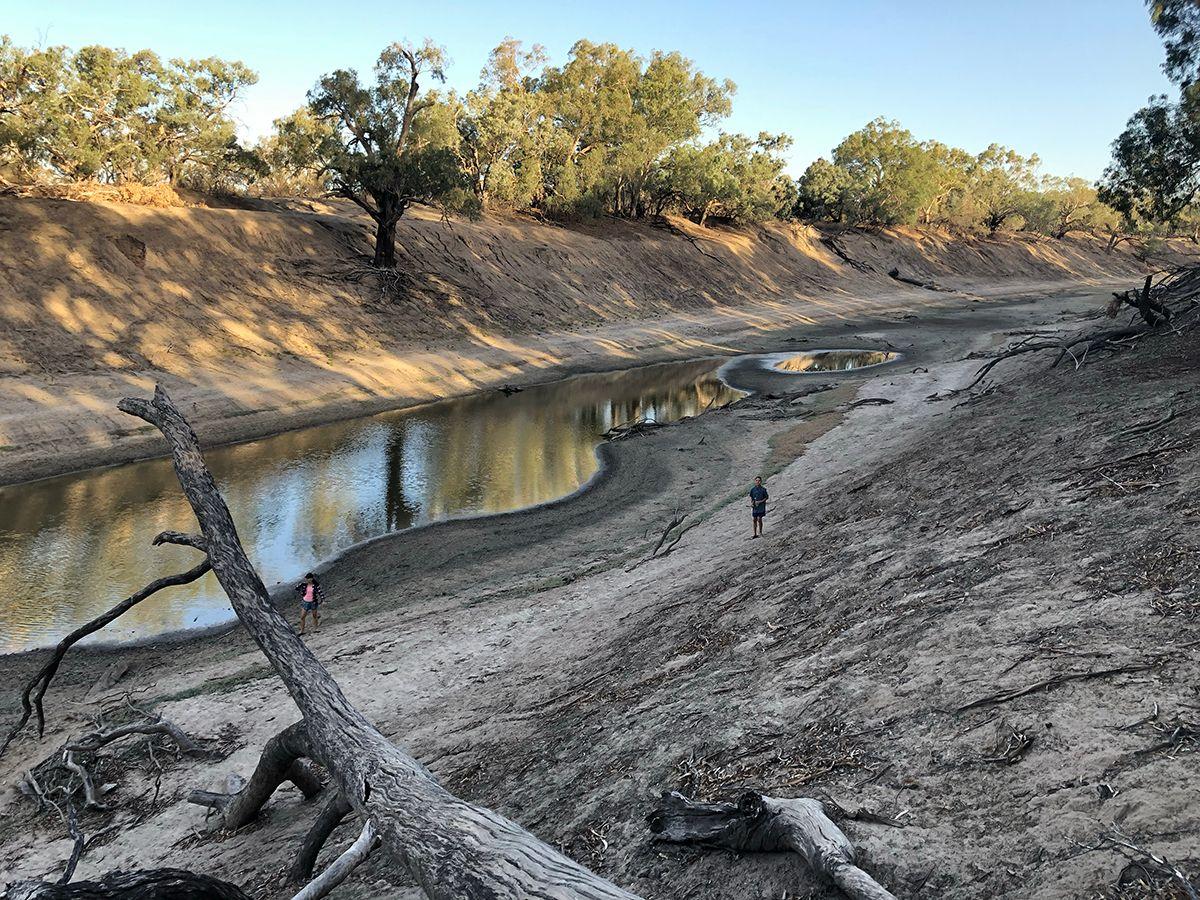
The Darling River in Louth, NSW. Upstream water extraction greatly exacerbated the lack of flow from drought in 2019. Image: Jaana Dielenberg
What our experts had to say
Biodiversity Council member Dharug NSW woman Associate Professor Liz Cameron from the University of Newcastle, said:
“The 2024 New South Wales (NSW) State of the Environment (SoE) report marks a step forward in integrating Aboriginal perspectives into environmental management with the introduction of the "Voice of Country" theme.
“Developed with the Aboriginal Perspectives and Knowledge Group (APKG), this initiative highlights the value of Indigenous knowledge in governance and fosters reconciliation by acknowledging Aboriginal custodianship.
“However, while Aboriginal knowledge is recognised in the report, our full representation in high-level decision-making remains limited. This lack of senior representation prevents the complete integration of traditional ecological knowledge into policies, leaving a gap in governance.
“Aboriginal communities need a greater voice in both environmental decisions and resource management to achieve more culturally appropriate and sustainable outcomes.”
Biodiversity Council member Professor Richard Kingsford AO from the University of New South Wales, said:
“The current SOE Report for NSW shows, like many parts of the world, that the state is struggling to come up with appropriate policies and protection measures to deal with the world’s extinction crisis.
“The major threats to biodiversity continue, despite some encouraging commitments to restoration of ecosystems and new National Parks.
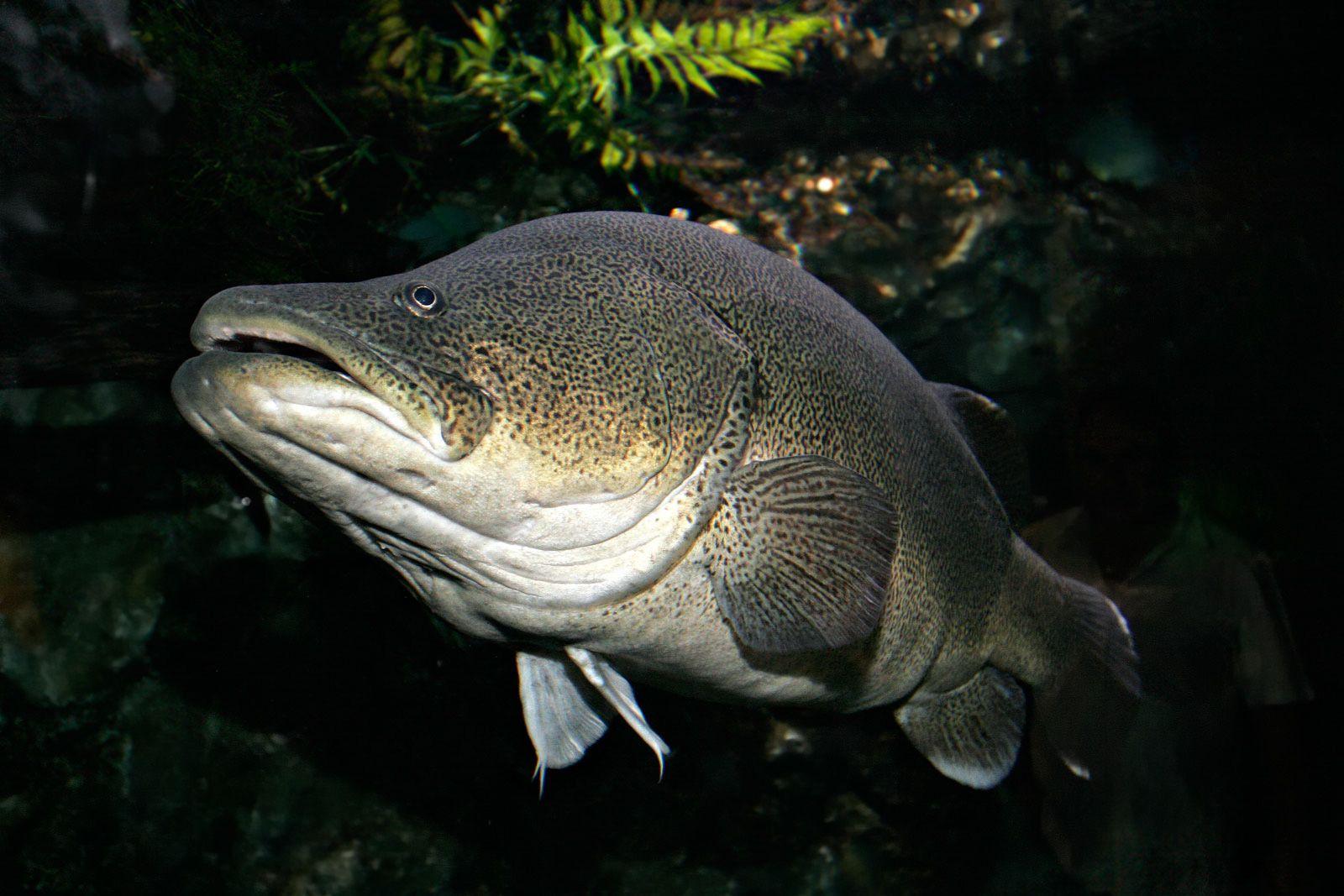
Poor conditions in the Murray-Darling Basin take a toll on aquatic species like the iconic Murray Cod. Image: Fir0002 Flagstaffotos CC BY NC
“Unless there are adequate whole of government and non-government approaches to managing habitat loss and degradation, climate change, invasive species, pollution, overharvesting and disease, we will continue to see SOE reports deliver such sobering messages.
“There is no better time than now for governments to upscale conservation and focus on protecting ecosystems, supported by conservation of all species, including threatened species, and the ecosystem processes that support biodiversity and deliver us all ecosystem services.
“This demands a whole-of-government approach, supporting our communities. Most of NSW is in private land ownership and that’s where much of our biodiversity resides.
“We need to develop supportive policies to encourage sustainability and not exploitation of our natural capital to ensure future generations do not inherit today’s and yesterday’s legacy decisions or inactions on the environment.
“This means looking after our oceans, our wetlands and our country and mitigating the threats to biodiversity through targeted policies and investments.
“We should also acknowledge the importance of SOE reports in providing a regular audit of the state of our environment.
“Ultimately if we do not arrest environmental decline, our quality of life will also decline. We need to care more about our grandchildren and future generations.”
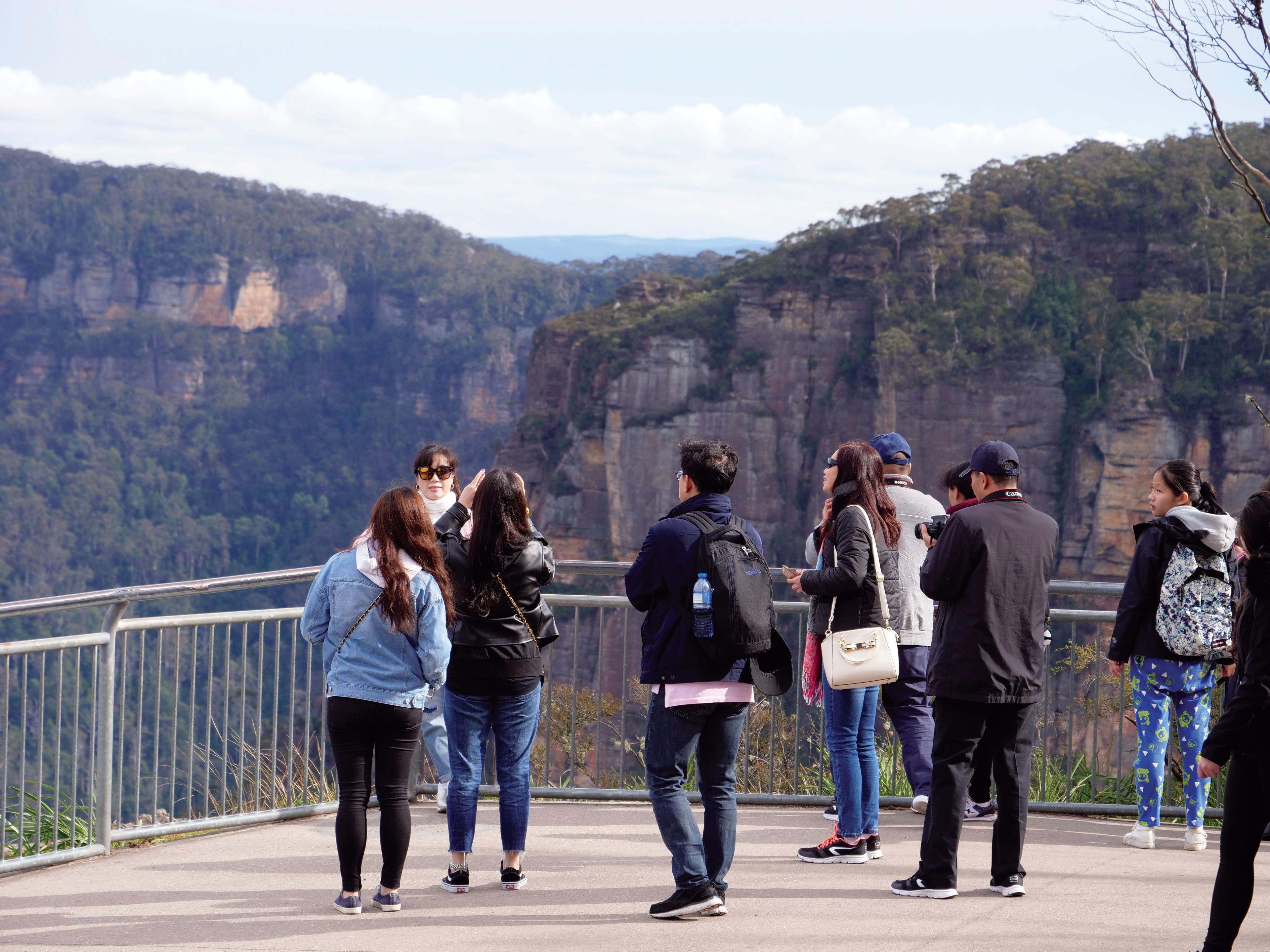
Australia's tourism sector relies heavily on the drawcard of unique and healthy landscapes, like the Blue Mountains. Image: Jaana Dielenberg.
Biodiversity Council member Professor Carolyn Hogg from the University of Sydney, said:
“As one of Australia’s largest economies and populations, ongoing development is needed to ensure that we can house, feed, and provide energy for the community.
“The need for development and maintaining the NSW economy should not be at the sole expense of the environment.
“NSW government needs to take a whole of government approach (environment, agriculture, energy, forestry, planning) to addressing the issues of land clearing in NSW.
“The current mindset in relation to land clearing is that the concerns fall under a different Minister or legislation. Essentially, it is a governance issue of too many competing pieces of legislation, and this is creating the perfect scenario for ongoing land-clearing to occur where perpetrators of the action are falling through the legislative cracks.

NSW’s Snowy Mountains had only thin patchy snow cover in 2023 due to unusually warm conditions, with implications for biodiversity and the state’s $2 billion p.a. ski industry. Image: Johannes Dielenberg.
“We need to do better at managing biodiversity across fragmented landscapes and different tenures, as less than 10% of NSW is in protected conservation areas.
“Improved management requires significant investment across the landscape, and not solely targeted at specific species, such as koalas and greater gliders, but rather a wholistic approach to managing Country in collaboration with Indigenous peoples and local communities to conserve and enhance specific ecosystems.
“This does not mean we need to lock up habitat but rather improve legislative frameworks that call for enhanced management actions and reward those landholders who undertake positive action for conserving/improving nature and minimising climate impacts.”


